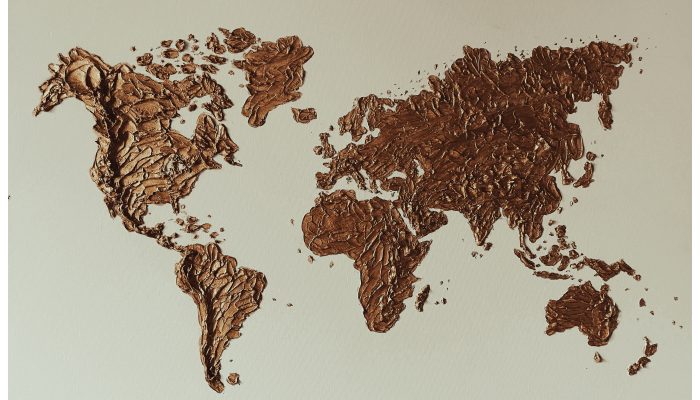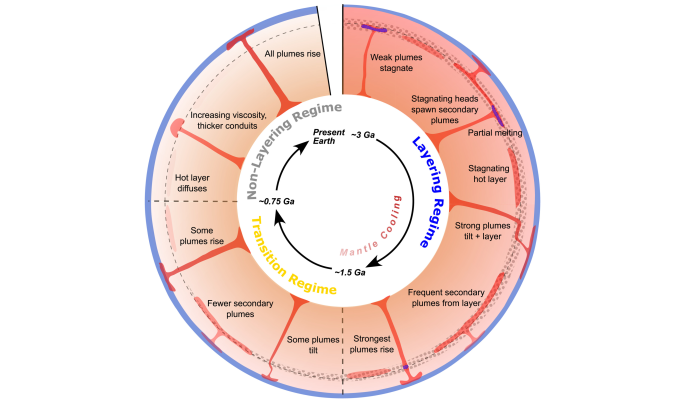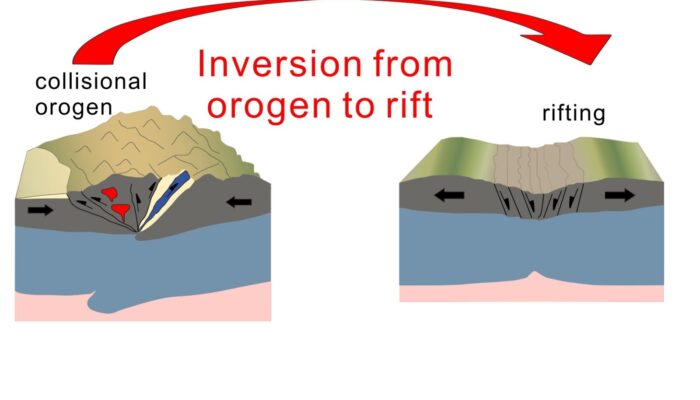In this new blog, Dr. Kai Li (GFZ Potsdam) talk about his PhD work, where he used accordion numerical models to explore the tectonic history of the South China Sea. His PhD research focuses on the impact of orogenic inheritance on rifts and rifted margins, employing advanced geodynamic modeling techniques. Have you ever tried to fit the west coast of Africa and the east coast of South America toge ...[Read More]
Journey Towards the Centre of the Earth: The Secret Behind the Long-Term Survival of Large Low-Velocity Provinces
Geophysicists have long been intrigued by the enigmatic “blobs” residing deep within Earth’s lower mantle — the Large Low-Velocity Provinces (LLVPs). Ever wondered what keeps these gigantic thermochemical structures surviving for billions of years despite the mantle’s vigorous convection? In this week’s News & Views, Prachi Kar, a PhD candidate from Arizona State University, delves into Earth’ ...[Read More]
Kamchatka Megathrust Earthquake: What lies in the Pacific Ring of Fire

From the very early years on this Planet, earthquakes have always captivated people’s attention. The feeling of admiration and fear always lies within us, especially drawing on the most recent megathrust earthquake that hit the south coast of Kamchatka’s Peninsula, in Russia, twice this year. Therefore, in this week’s blog, we aim to explore how this phenomenon evolved and why this specific region ...[Read More]
Phase transitions control plume layering during Earth’s secular cooling

Earth’s structure and dynamics have evolved quite a lot since its formation, and so has mantle dynamics and convection patterns changed along with it. It turns out that phase transition in certain mantle minerals can be an important driver of this change. Today, Ranpeng Li from GEOMAR Helmholtz Centre for Ocean Research Kiel, Germany explains how coupling geodynamic models with thermodynami ...[Read More]


